Traduction générée automatiquement
Montrer le texte original
Montrer le texte traduit
4 CHAIRS COPY OF THE VERY RARE SEAT OF THE MANUFACTURE OF SIGNA IN TERRACOTTA 20th Century The original is for sale in 1stdibs Handmade by the Cecchi di Santa Lucia di Uzzano factory, Pescia (Pistoia). This factory, active since the end of 1800, produced this garden seat starting from the 1920s. Height 76 cm Width 60 cm Depth 47 cm Weight 29 Kg Height of the back 31 cm Seat height 45 cm Manufacturer Manifattura Laterizi O. Cecchi Material Red terracotta from Uzzano (Pistoia) Condition Used Signa Manufacture is a historic terracotta ceramic workshop. It was created in 1895 by Camillo Bondi. " At the beginning of the twentieth century, Signa was still one of the major industrial centers of straw. To that industry, which had made the name of the town known beyond the national borders, another activity had been added which, from the last five years of the nineteenth century and in a short space of years, would relaunch its name on the European and American markets: the artistic terracotta industry "Manifattura di Signa", founded in Signa (Florence), in 1895 by Camillo Bondi, in the premises of the "Fornaci di Signa" factory owned by his brother Angelo. At that time, the taste for the false antique continued to seduce with all its charm, and in ceramics the interest in tradition had pushed the most important Italian manufacturers to revisit Renaissance forms and decorations, reaching with a high level of artisanal expertise the ancient virtuosity of the historiated and the grotesque. If those productions interpreted the antique with eclecticism typical of the nineteenth century, the Manifattura di Signa instead, he aimed for the perfect resemblance of the real, both through the forms cast when possible on the original, and by means of patinas simulating those of marbles and bronzes and even the damage of time, in order to obtain the appearance of the authentic piece, both visually and tactilely and, in certain bronzes, even in sound. with this spirit, reproductions of sculptural and decorative masterpieces of all times will take shape from the Arno mud: from Etruscan to Greek statuary, from Roman to Renaissance, from Moorish vases to contemporary Art Nouveau creations. The resulting success, demonstrated by numerous exhibition awards such as the medal at the Universal Exhibition in Paris in 1900, where he exhibited numerous plastic terracottas, suitable for decorating exteriors, with a particular patina that improved their appearance and increased resistance to atmospheric agents, soon expanded the number of occupations and the specialization of young artists supported by the experience of sculptors of excellent fame, called to Signa for new ideas by the Bondi brothers, the brilliant founders and managers of the Manufacture, coming from a family of the upper middle class Jewish Livorno and close to the intellectual and anti-positivist environment of the Florentine magazine "Il Marzocco". with the new industry, an informal school of young workers was thus generated in Signa, who, although lacking regular education, growing under the experience of the sculptors and in contact with the most sublime models of universal classicism, a true concentration of the world's museums, were naturally stimulated and educated to the beauty and proportions of forms, so much so that they became refined craftsmen, plasticizers, sculptors, capable of giving life to other similar manufactures." SOURCE: Marco Moretti, Bruno Catarzi sculptor, 1903-1996, Edizioni Masso delle Fate, Signa 2005.
4 CHAISES COPIE DU TRÈS RARE SIÈGE DE LA FABRICATION DE SIGNA À TERRACOTTA 20e siècle L'original est en vente chez 1stdibs Fabriqué à la main par la fabrique Cecchi di Santa Lucia di Uzzano, Pescia (Pistoia). Cette usine, active depuis la fin de 1800, a produit ce siège de jardin à partir des années 1920. Hauteur 76 cm Largeur 60 cm Profondeur 47 cm Poids 29 Kg Hauteur du dossier 31 cm Hauteur de l'assise 45 cm Fabricant Manifattura Laterizi O. Cecchi Matériau Terre cuite rouge d'Uzzano (Pistoia) État d'usage Signa Manufacture est un atelier historique de céramique en terre cuite. Elle a été créée en 1895 par Camillo Bondi. "Au début du XXe siècle, Signa était encore l'un des principaux centres industriels de la paille. À cette industrie, qui avait fait connaître le nom de la ville au-delà des frontières nationales, s'ajoutait une autre activité qui, à partir des cinq dernières années du XIXe siècle et en peu d'années, allait relancer son nom sur les marchés européens et américains : l'industrie de la terre cuite artistique "Manifattura di Signa", fondée à Signa (Florence), en 1895 par Camillo Bondi, dans les locaux de l'usine "Fornaci di Signa" appartenant à son frère Angelo. À cette époque, le goût pour la fausse antiquité continuait à séduire avec tout son charme, et dans le domaine de la céramique, l'intérêt pour la tradition avait poussé les plus importants fabricants italiens à revisiter les formes et les décorations de la Renaissance, en atteignant avec un haut niveau de savoir-faire artisanal la virtuosité antique de l'historié et du grotesque. Si ces productions interprétaient l'antique avec un éclectisme typique du XIXe siècle, la Manifattura di Signa, au contraire, visait la parfaite ressemblance avec le réel, tant par les formes moulées, lorsque cela était possible, sur l'original, que par des patines simulant celles des marbres et des bronzes et même les dommages du temps, afin d'obtenir l'apparence de la pièce authentique, tant sur le plan visuel que tactile et, pour certains bronzes, même sur le plan sonore. dans cet esprit, des reproductions de chefs-d'œuvre sculpturaux et décoratifs de tous les temps prendront forme à partir de la boue de l'Arno : de la statuaire étrusque à la statuaire grecque, de la romaine à la Renaissance, des vases mauresques aux créations contemporaines de l'Art nouveau. Le succès qui en découle, attesté par de nombreux prix d'exposition comme la médaille de l'Exposition universelle de Paris en 1900, où il expose de nombreuses terres cuites en plastique, adaptées à la décoration extérieure, avec une patine particulière qui en améliore l'aspect et en accroît la résistance aux agents atmosphériques, ne tarde pas à élargir le nombre de ses occupations et à se faire connaître, les frères Bondi, les brillants fondateurs et directeurs de la Manufacture, issus d'une famille de la haute bourgeoisie juive de Livourne et proches du milieu intellectuel et anti-positiviste de la revue florentine "Il Marzocco", appelèrent à Signa pour de nouvelles idées, élargissant ainsi rapidement le nombre de métiers et la spécialisation des jeunes artistes. avec la nouvelle industrie, une école informelle de jeunes travailleurs fut ainsi générée à Signa, qui, bien que sans éducation régulière, grandissant sous l'expérience des sculpteurs et en contact avec les modèles les plus sublimes du classicisme universel, une véritable concentration des musées du monde, furent naturellement stimulés et éduqués à la beauté et aux proportions des formes, à tel point qu'ils devinrent des artisans raffinés, des plastifieurs, des sculpteurs, capables de donner vie à d'autres manufactures similaires." SOURCE : Marco Moretti, Bruno Catarzi sculpteur, 1903-1996, Edizioni Masso delle Fate, Signa 2005.

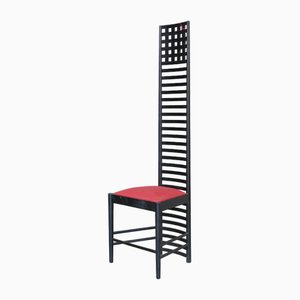
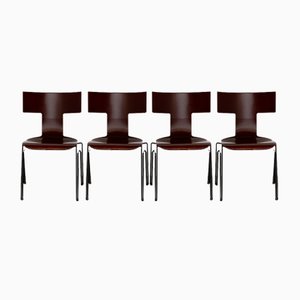

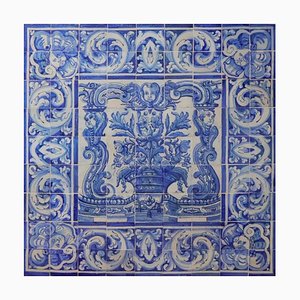

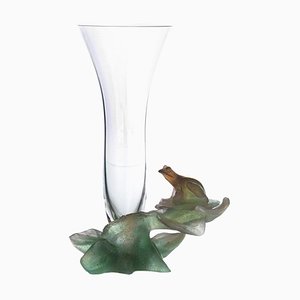
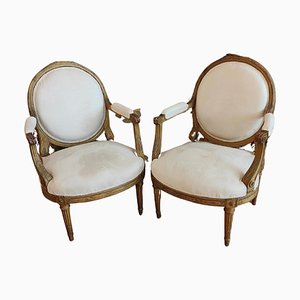
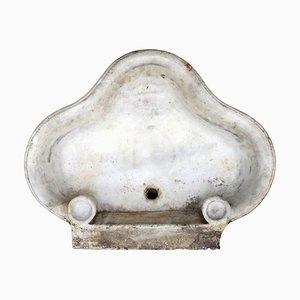
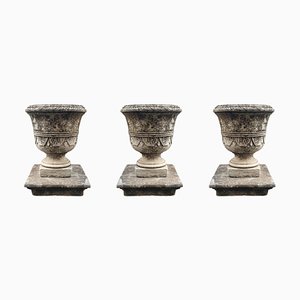
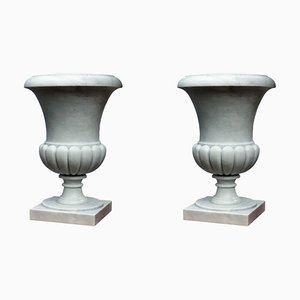
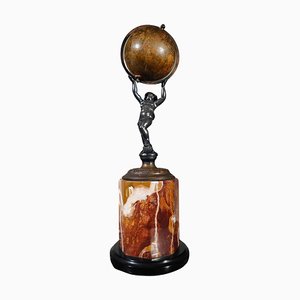

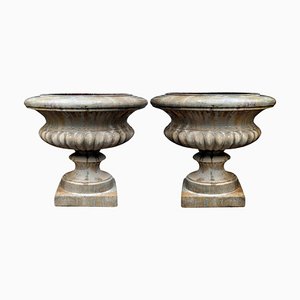


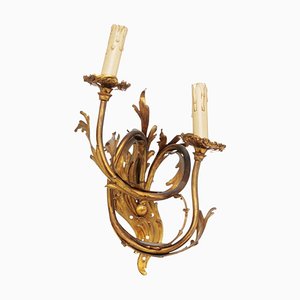
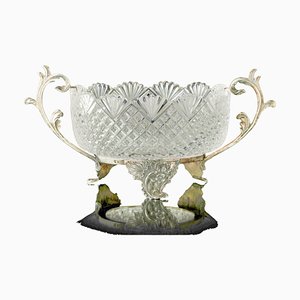


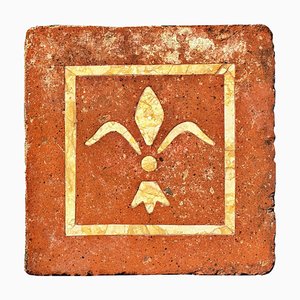

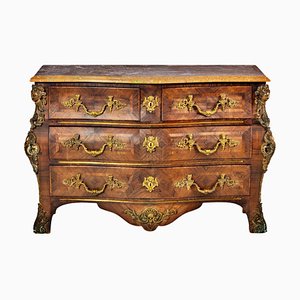

Contactez-nous
Faire une offre
Nous avons remarqué que vous êtes nouveau sur Pamono !
Veuillez accepter les Termes, Conditions et Politique de Confidentialité
Contactez-nous
Faire une offre
Vous y êtes presque!
Pour suivre votre conversation sur la plateforme, merci de compléter votre enregistrement Pour procéder avec votre offre sur la plateforme, veuillez compléter l’enregistrement.Envoyé!
Merci pour votre message, un membre de notre équipe vous contactera rapidemment
Si vous etes un professionnel du design, merci de vous inscrire ici pour pouvoir profiter de bénéfices exclusifs